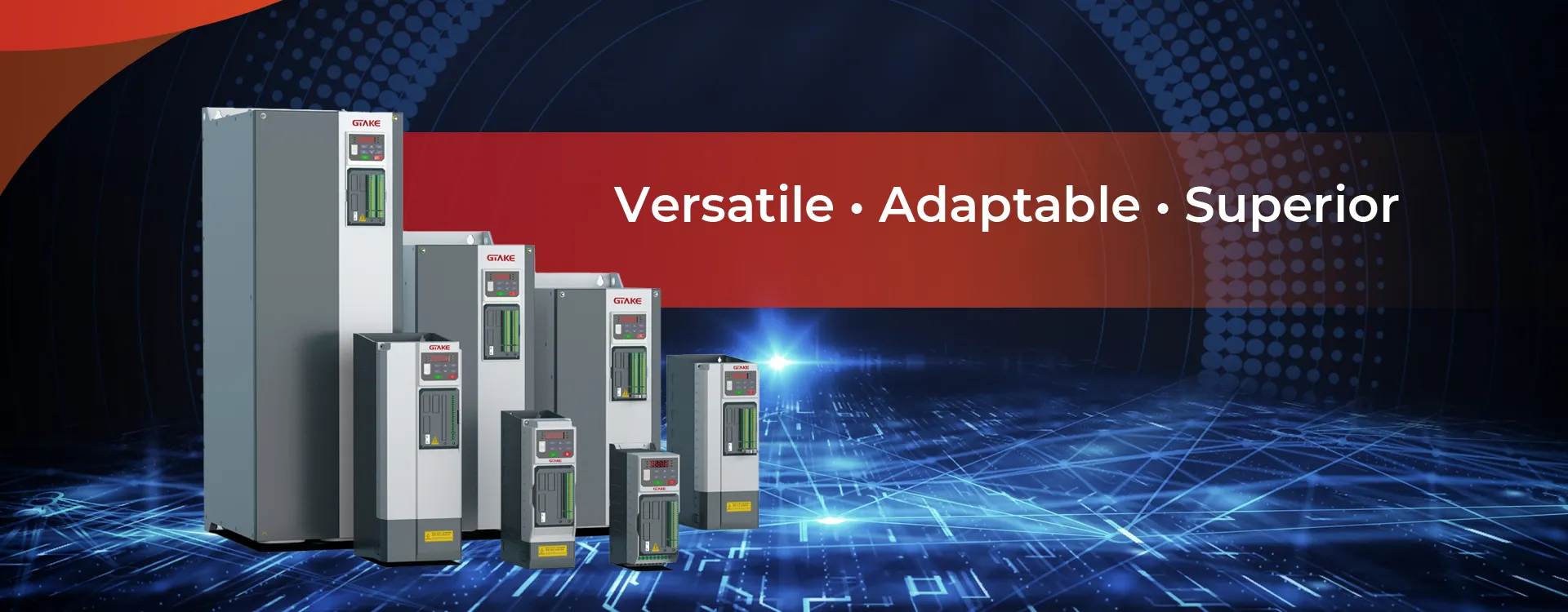
GTAKE specializes in designing and producing innovative AC drives (also known as variable frequency drives), electric vehicle motor controllers, bidirectional DC sources, and test rigs with advanced control algorithms and cutting-edge technology, delivering optimal performance and reliability for industrial automation and new energy applications.
A Variable Speed Inverter (VSI) is an electronic device that controls the speed and operation of electric motors by adjusting the frequency and voltage of the power supplied to the motor. These inverters are used to regulate the speed of AC motors in a variety of applications, from industrial machinery to HVAC systems, and even electric vehicles. The primary function of a variable speed inverter is to provide a variable frequency output that allows the connected motor to operate at different speeds based on the application’s needs.
A Variable Speed Inverter (VSI) works by converting the AC power from the mains supply into DC (Direct Current) and then converting the DC back into an AC output with adjustable frequency and voltage. This process is essential because the speed of an AC motor is directly proportional to the frequency of the supplied AC current. By varying the frequency and voltage, the inverter adjusts the motor’s speed to meet the specific requirements of the application.
A Variable Speed Inverter (VSI) is a vital component in modern industrial, commercial, and residential applications, offering enhanced motor control, energy efficiency, and flexibility. By adjusting the frequency and voltage supplied to motors, these inverters provide precise speed control, reduce energy consumption, and extend equipment lifespan. Whether in HVAC systems, industrial machinery, electric vehicles, or renewable energy systems, variable speed inverters are essential for improving performance, reducing costs, and enhancing the sustainability of operations.
